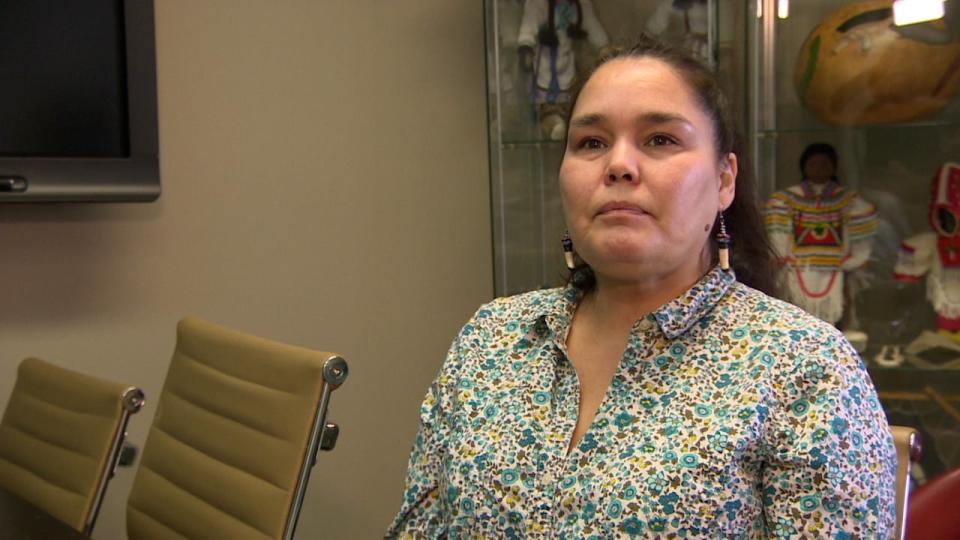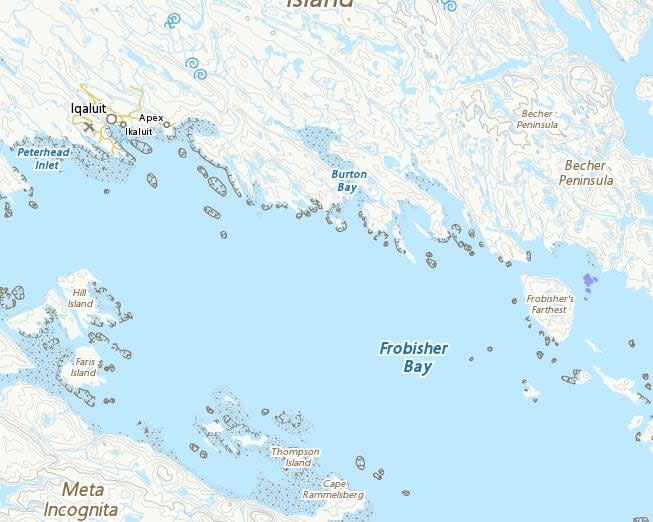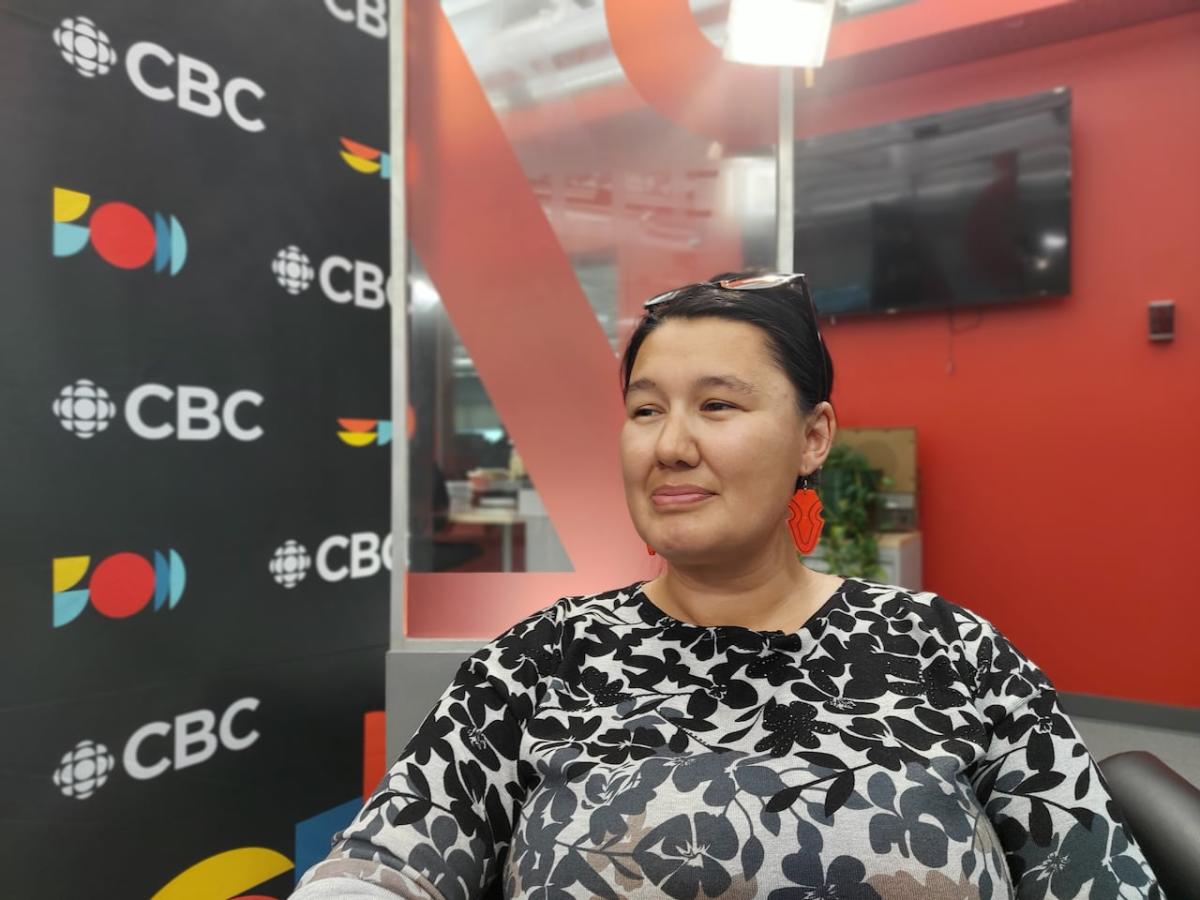WARNING: This article discusses an offensive slur. The word is included once for context, then otherwise avoided.
Years after a push to rename a cluster of islands named with a racial slur in Nunavut, the territorial government says it’s working on it.
The Old Squaw Islands, the official name recognized by the Nunavut government, are located approximately 40 kilometres southeast of Iqaluit.
That hits close to home for Madeleine d’Argencourt – both geographically and personally.
“[The term] is derogatory. My first-born daughter is half First Nations,” she said.
The Inuk woman, who lives in Iqaluit, said she’s been called the s-word before down south. It is a racial slur to describe First Nations and other Indigenous women.
Now, it’s one of 15 derogatory place names the Nunavut government is looking to officially rename within the next year, as outlined in its 2024-26 business plan.

Madeleine d’Argencourt, pictured on March 4, 2022, in Iqaluit. (Steve Silva/CBC)
Change requires ‘lengthy process’ gov’t says
Madeleine d’Argencourt said it shouldn’t take years to make the change – and there’s no guarantee that will be done by 2025 as the Nunavut government says.
She points to a street in Apex she successfully got renamed to Angel Street.
“Changing a name is straightforward paperwork. I called three people, and got it done in one night.”
But Kaalai Whittle, the Nunavut government’s director of heritage, said there is a lengthy process, which includes co-ordination with federal officials to formally make the change on the map, as well as community consultations.
Now, she said, the territorial government has the proper resources to put the process in motion.
“It has been a priority,” she said. “But we’re making it a priority even more so, since we have the resources to tackle and work on this.”
Iqaluit-Sinaa MLA Janet Pitsiulaq Brewster said when she first found out about the name of the islands near Iqaluit in 2022, she raised the matter in the legislature.


A map on Natural Resources Canada’s website showing the location of the islands bearing a racial slur in their name (highlighted in purple, right side of the image near Frobisher’s Farthest). (Natural Resources Canada)
Brewster said the process should be done right and include consultation with elders.
“I think there’s still momentum, through acts of reconciliation, to make those changes,” she said.
What will the new names be?
According to Natural Resources Canada archives, the s-word was adopted as the official name for the islands on June 1, 1961, after a hydrographic survey boat bearing that name.
There is no known Inuktitut name for the islands near Iqaluit, Whittle said.
Despite the islands being uninhabited and often submerged by the tide, she said it’s important for Iqalummiut to be able to reclaim the land with a traditional name.
After all, she said, residents have already adorned the islands with unofficial names for navigational purposes.
“So I want to listen to the people and stick with the names that they were already placed with back then,” she said.


Janet Pitsiulaaq Brewster, the MLA for Iqaluit-Sinaa, pictured on Nov. 17, 2021. (Matisse Harvery/Radio-Canada)
The Inuit Heritage Trust has identified traditional place names to replace 11 of the identified derogatory names. Whittle said the others will bear generic names, or simply no name at all.
As for the s-word, there are 15 places across the country that still officially have the word in its name, according to the Canadian Geographical Names Database.
In a written statement, Natural Resources Canada told CBC there’s ongoing work to address derogatory place names, which would remove them from official federal maps.

